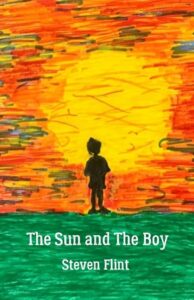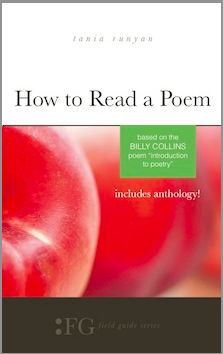
Haiku poet Steven Flint writes an allegory about friendship and faithfulness
It begins with the boy slowly waking up and welcomed by the rays of his much-loved friend, the Sun. While not noted, it’s assumed that they know each other well and have had previous adventures together. This day the adventure will be a swim.
As always, in addition to the adventure, the Sun tells the boy a story. The stories are like fables, running the human qualities good and bad, each with an obvious moral. This day, the story is about pride, and how a sunflower listens so deeply to the flattery of a snake that he forgets his closest friend, the rose.

And still the story of the sunflower continues. As does the story of the boy.
All too soon, the Sun must leave as he does each day, promising to return like he always does the next day. We discover that the story of the sunflower and the rose had a point, because the boy soon after meets a new friend, the Moon. And the moon has an agenda and a plan to pull the boy away from his friend the Sun, much like the snake flattered the sunflower.
And one wonders: will the boy remember the story he just heard?
The Sun and the Boy by Steven Flint is an allegorical fable about fidelity and friendship. While it seems to be echoing the Genesis story of the Garden of Eden, that’s not its point. It’s more about whether friendship and devotion can weather the pressures of jealousy and deception.

Steven Flint
The story is aimed at younger audiences, but any age can easily enjoy and appreciate it. Flint is better known for his haiku poetry. While this work is prose, its simple language and easily grasped ideas reflect the author’s experience in poetry in general and haiku poetry in particular.
In addition to The Sun and the Boy, Flint has published 25 collections of haiku poetry and the children’s book Lev Loveheart. His haiku focuses on themes of nature, love, and the human experience.
The Sun and the Boy is a lovely, charming story, one you can read to your children or have them read alone. And you can read it for yourself; the themes are timeless.
Photo by Pacheco, Creative Commons, via Flickr. Post by Glynn Young.
How to Read a Poem uses images like the mouse, the hive, the switch (from the Billy Collins poem)—to guide readers into new ways of understanding poems. Anthology included.
“I require all our incoming poetry students—in the MFA I direct—to buy and read this book.”
—Jeanetta Calhoun Mish
- Poet Sidney Lanier and the Lost Cause - October 2, 2025
- Poets and Poems: A.J. Thibault and “We Lack a Word” - September 30, 2025
- Poets and Poems: Catherine Strisik and “Goat, Goddess, Moon” - September 25, 2025

Leave a Reply